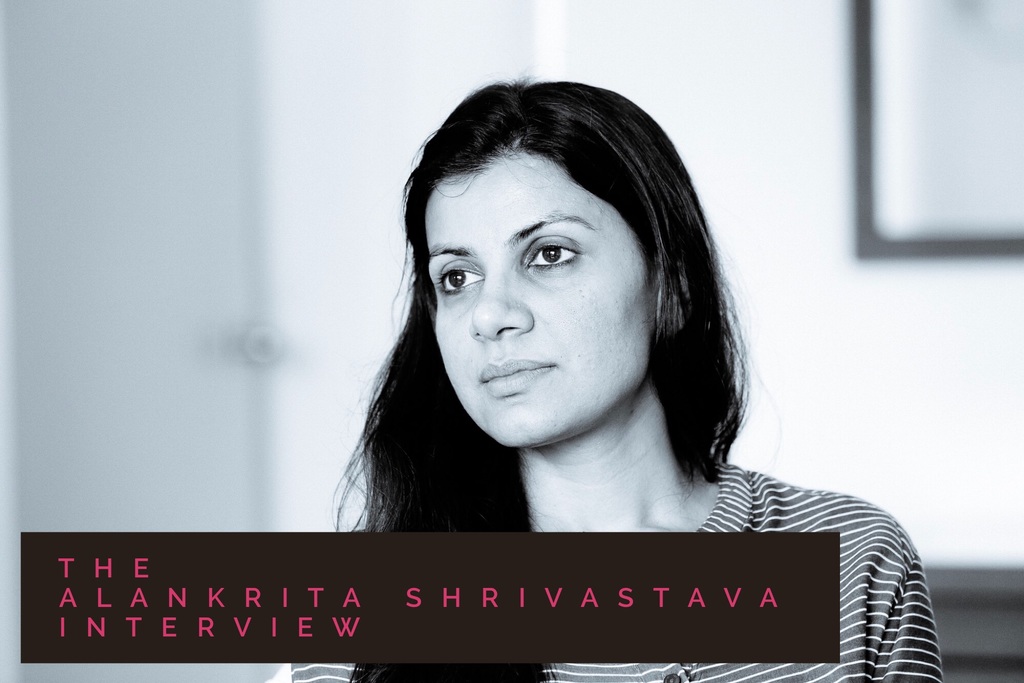*Spoiler alert*
Director: Abhishek Kapoor
Cast: Sara Ali Khan, Sushant Singh Rajput
Composers: Amit Trivedi, Hitesh Sonik
In Abhishek Kapoor’s Kedarnath, two good-looking youngsters living in a lovely temple town on the lap of Himalayas, fall in love. They are from contrasting social backgrounds. He, Mansoor (Sushant Singh Rajput), is a Muslim, a poor porter. She, Mandakini (Sara Ali Khan) belongs to an upper-class Hindu family, and has a rich and influential fiance, Kullu, who doesn’t hesitate to turn religion into a weapon when he needs it. There is every conventional (and clichéd) Bollywood villain in this love story – class and religious differences, conservative parents, and a jealous lover. Besides, the story culminates in the backdrop of the mighty cloudburst that hit Kedarnath in 2013 and killed over 4,000 people.
This story of inter-religious romance, written by Kanika Dhillon, could have been pivotal work in these trying times, when the country’s atmosphere is set in a fire of mob-violence and politically-manufactured hatred towards minority communities. But unfortunately, albeit not surprisingly, the film upholds Bollywood’s populism and drowns in a highly predictable screenplay.
Mansoor is a soft-spoken noble young man who does his job diligently. He falls for Mandakini at first sight. His love isn’t toxic, but gentle and innocent; a perfect contrast to her hot-headed and misogynistic fiance. He is infinitely affable and kind. However, the film believes that these qualities aren’t enough for Mansoor to be a hero the audience can root for. In the opening sequence, you see Mansoor greeting two policemen with “Jai Hind!”, and hanging out with a Naga sadhu. Several times in the film, he claims to be an ardent servant of Kedarnath. Every time he drops off a pilgrim at the temple entrance, he rings the temple bell as a sign of gratitude to Lord Shiva who helps him earn his livelihood. There is a shot of him doing namaaz in a quiet, isolated place. The film reiterates that he is a ‘good Muslim’ – whose cultural or religious identity doesn’t come across as remotely ‘threatening’ to the ways in the Hindu temple town.
The question is, what can Bollywood do with such a character who is too good to be treated unkindly, yet too ‘different’ to be awarded a conventional happy ending? When was the last time Bollywood used its gift of suspension of disbelief to go against the popular current and did something radically empathetic and rebellious? You know the answer.
It’s easy to see why Mandakini falls for Mansoor. She is too wild a bird to be caged in a conventional domestic set-up. She despises her fiance, and has no trust in her parents who never stand up for their daughters. She is naturally drawn to Mansoor’s gentleness and warmth. Like in Dhadak, the woman is the mover and shaker in this relationship. While their relationship seems very much plausible, the way it unfolds isn’t. The film has an exotic gaze that treats the valley as a romantic tourist destination. The lovebirds roam the valley’s crowded streets and lanes not so discreetly, and it is a sheer wonder that none of their family, friends or acquaintances take notice of the growing heat between them for a long time.
Kanika Dhillon’s writing pays attention to the pain that the young lovers go through when they have to part ways. But the character arcs hardly evolve and the situations don’t go beyond familiar terrains. Very soon into the film, everything in the plot hits a dead-end and waits for the cloudburst to end the impasse.
Recommended
And the film gives up the opportunity to be a smart disaster drama. There are instances where Mansoor and a few others in the valley raise their concerns about the illegal constructions in the ecologically-fragile valley, but the film uses the natural calamity as one of the tools to narrate the tragic love story. The cloudburst and the lovers’ fate are foreshadowed in a crucial scene where the couple seeks refuge inside a cave atop a mountain on a rainy day. It is a rare, aching scene in the film. They grow physically intimate, but a palpable sense of foreboding hangs in the air. The change in the weather is juxtaposed against the scenes where the lovers are violently torn from each other, and Mansoor is thrashed by the Hindu brigade. Like the iceberg that brought Titanic to a showdown, the cloudburst makes a cameo appearance and vanishes from the scene as the core plot takes familiar routes.
The sole redeeming element in this torpid film is debutante Sara Ali Khan who displays a starry shine that might take her a long way in the film industry. Her salon-perfect make-up and catwalk make it hard to buy her as a small-town girl, but she effortlessly belongs to the other camp, of old-school Bollywood. Ali Khan is immensely energetic, with a cool lack of concern for realistic acting.
*****
The Kedarnath review is a Silverscreen original article. It was not paid for or commissioned by anyone associated with the film. Silverscreen.in and its writers do not have any commercial relationship with movies that are reviewed on the site.



